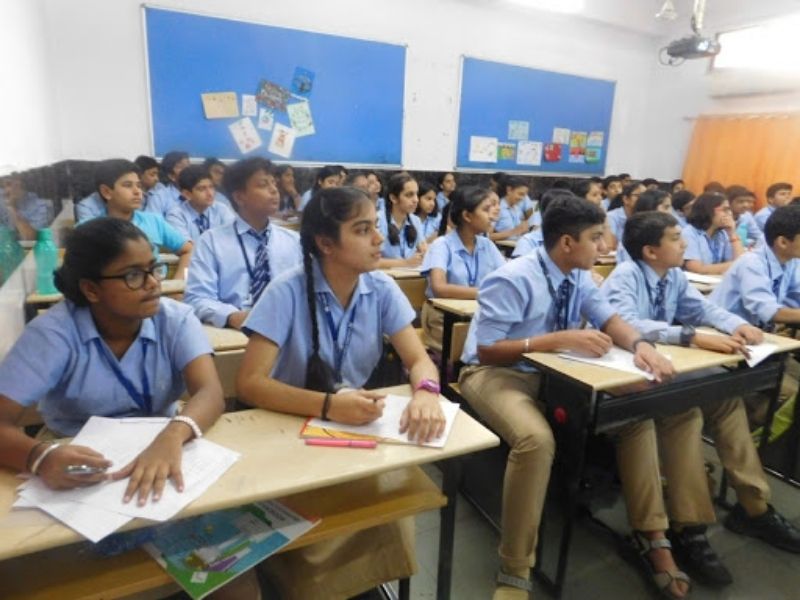A position paper on the National Education Policy 2020 in Karnataka has proposed a three language policy while insisting atleast a bilingual way or reaching including Kannada mandatorily.
In a paper, which has been authored by a committee chaired by Dr Ajakkala Girisha Bhat, it has been proposed to make the medium mother tongue/ regional language the medium of instruction at the foundational level up to class 5.
For children whose mother tongue is English or children from other states who do not know any of the above languages English may be used in addition to the above languages as the medium of instruction, the proposition reads.
The position paper also calls for adopting a bilingual textbook. The committee believes that this would also minimize the sense of economic divide among students.
In case of those coming from outside Karnataka, they will be considered among children who have English as their mother tongue. “In such classrooms English and Kannada bilingual medium can be implemented from foundational stage itself,” the paper proposes.
From grade 6 onwards bilingual textbooks in mother tongue / Kannada and English would be provided for various subjects like Science, Math, Social, etc. From class 6 onwards at all levels teachers in the classroom will use Kannada and English.
“Sanskrit, which is an important modern language mentioned in the 8th schedule of the constitution, will be introduced at school and at all stages of higher education. Opportunities will be provided at all stages of education to study Indian Classical and ancient languages like Prakrit, Pali and Persian. Foreign languages, such as Korean, Japanese, Thai, French, German, Spanish, Portuguese, Russian etc., will be taught to enhance universal knowledge and as per aspirations of students at the secondary level along with excellent teaching of Indian languages and English,” the paper says.
Uniform Language Policy
The position paper discusses introduction of a ‘uniform language policy’ as one possibility. This means that a possibility of reaching common languages and adopting a medium of instruction would be discussed, uniform to schools affiliated to any board.
“In Karnataka there are schools with different streams of education. This includes international schools, schools with the central curriculum, Kannada medium schools, English medium schools, aided and unaided schools etc. In recent times, an initiative to teach English in Kannada medium government schools has been taken. Overall, there is no uniform policy in education in these schools with regard to the teaching of languages and the medium of instruction. Educationists talk about equal education. But there has not been much debate about how to bring it. This paper takes a position to make it practically possible.”
What else is discussed
Addition of Rhymes, Subhashitas, vachanas, stories, simple conversations that children can enact, simple proverbs, adages, riddles, folk songs Sarvajna’s Vachana as part of the syllabus
Students who have completed Grade 12 must be linguistically proficient in speaking, conceptualizing, reviewing-referring and writing on subjects like Science, Economics, Sociology and others that they have learnt.
With the Speech-to-text technology available today, it will not be a surprise if writing skill becomes outdated in another 5-6 years. Despite this, it is necessary to encourage writing at least for the sake of aesthetics. Writing also helps us to get clarity of thought.
The regional and societal variations in Kannada language should be borne in mind. None of them is superior or inferior.
